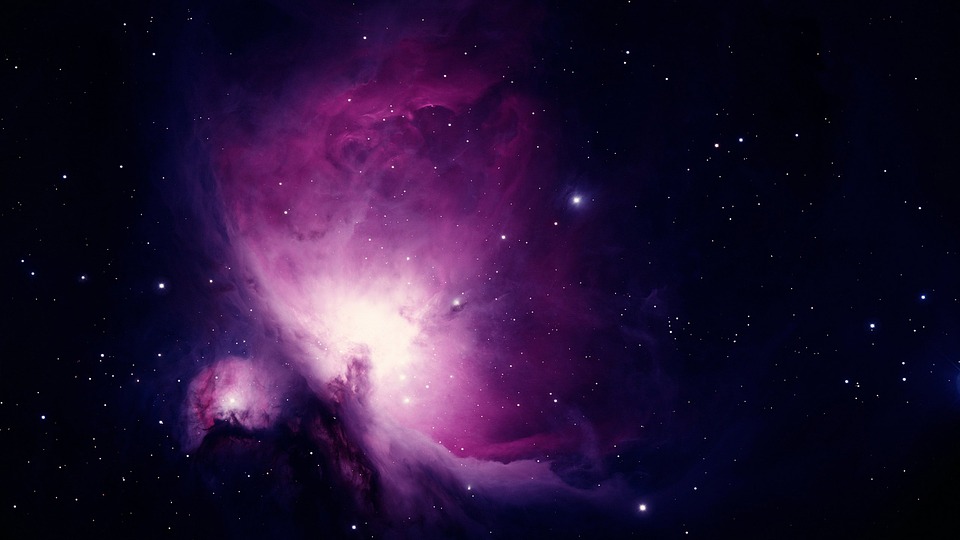Christmas is celebrated on Earth, but it does not mean that the phenomena seen up in space are not in on the fun too. Recently, NASA shared photos of festive-looking nebula found in deep space.
The space agency, as Express reports, released some festive-looking images taken by the Hubble space telescope in deep space. One photo of a large cloud of colorful gas set against a backdrop of millions of glittering stars resembled a holiday ornament. The Hubble astronomers described the images as a “glass-blown holiday ornament wrapped in a ribbon.” The astronomers referred to this as NGC 5189 and is a planetary nebula - A large cloud of ionized gas that comes from a dying star about the size of the sun.
If the star is not big enough to go supernova or collapse into itself in a black hole, it will become a red giant, and then a white dwarf in its last stages. When it turns into a red giant, it leaves a cloud of gas and as it turns into a white dwarf, the star can be seen in the heart of the nebula. However, the name is something of a misnomer as planetary nebulae are named such for their round shape.
In the case of NGC 5189, this nebula is not as round and is more on the “knotty filamentary” side. According to NASA, the unusual shape of this nebula is likely caused by another star disrupting a red giant with enough gravity for the nebula to have this kind of shape. However, that has yet to be explained even further.
But NGC 5189 is not the only unusually shaped space phenomena that NASA has seen. Daily Mail reports that the space agency has also captured a structure resembling a candy cane located within the Milky Way galaxy. The space candy cane measures 190 light-years and is made up of a long set of thin ionized strands of gas referred to as filaments that produce radio waves.
The most prominent filament is in the Radio Arc which is in the galactic center and is the straight portion of the arc. According to scientists, these filaments delineate the edges of a large bubble produced by an energetic event at the galactic center.



 NASA Cuts Boeing Starliner Missions as SpaceX Pulls Ahead
NASA Cuts Boeing Starliner Missions as SpaceX Pulls Ahead  Tabletop particle accelerator could transform medicine and materials science
Tabletop particle accelerator could transform medicine and materials science  Lost in space: MethaneSat failed just as NZ was to take over mission control – here’s what we need to know now
Lost in space: MethaneSat failed just as NZ was to take over mission control – here’s what we need to know now  SpaceX’s Starship Completes 11th Test Flight, Paving Way for Moon and Mars Missions
SpaceX’s Starship Completes 11th Test Flight, Paving Way for Moon and Mars Missions  Astronomers have discovered another puzzling interstellar object − this third one is big, bright and fast
Astronomers have discovered another puzzling interstellar object − this third one is big, bright and fast  SpaceX Starship Test Flight Reaches New Heights but Ends in Setback
SpaceX Starship Test Flight Reaches New Heights but Ends in Setback  Is space worth the cost? Accounting experts say its value can’t be found in spreadsheets
Is space worth the cost? Accounting experts say its value can’t be found in spreadsheets  FDA Adds Fatal Risk Warning to J&J and Legend Biotech’s Carvykti Cancer Therapy
FDA Adds Fatal Risk Warning to J&J and Legend Biotech’s Carvykti Cancer Therapy  Neuren Pharmaceuticals Surges on U.S. Patent Win for Rare Disorder Drug
Neuren Pharmaceuticals Surges on U.S. Patent Win for Rare Disorder Drug  Ancient Mars may have had a carbon cycle − a new study suggests the red planet may have once been warmer, wetter and more favorable for life
Ancient Mars may have had a carbon cycle − a new study suggests the red planet may have once been warmer, wetter and more favorable for life  Eli Lilly’s Inluriyo Gains FDA Approval for Advanced Breast Cancer Treatment
Eli Lilly’s Inluriyo Gains FDA Approval for Advanced Breast Cancer Treatment 































